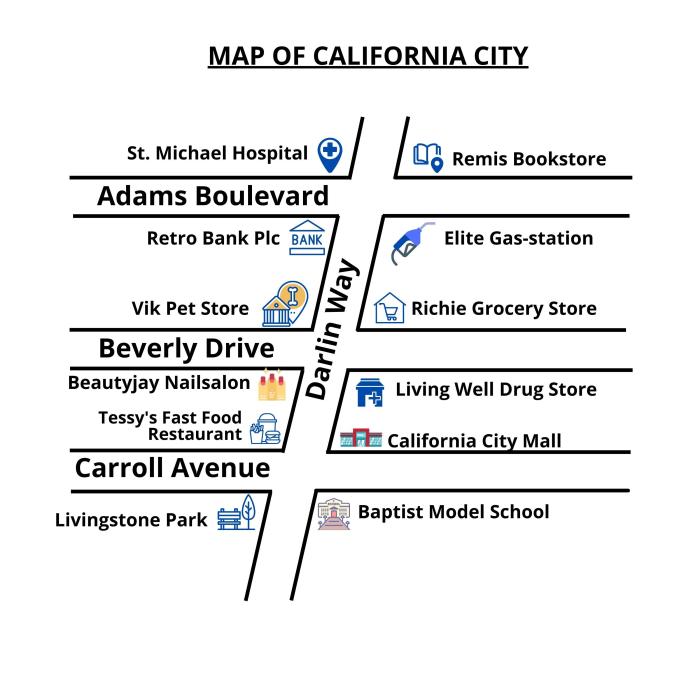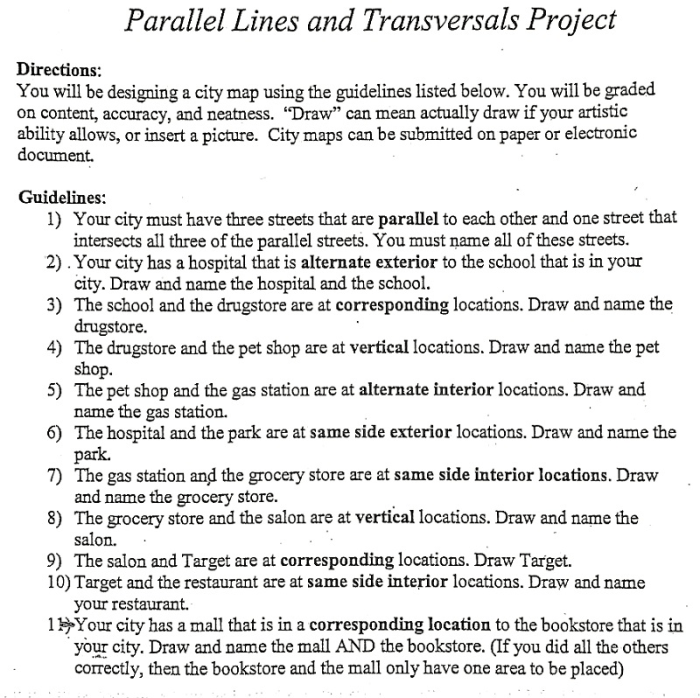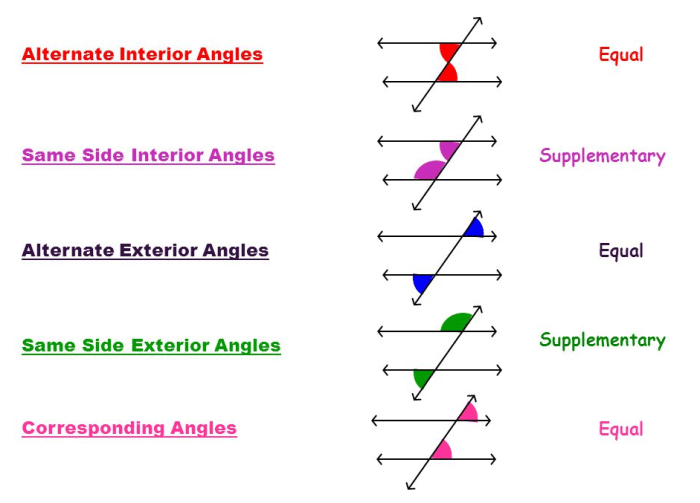Parallel lines and transversals project city map answer key – Embark on an intellectual journey as we delve into the captivating world of parallel lines and transversals, exploring their profound impact on the design of city maps. This comprehensive guide, presented with authoritative academic style, will illuminate the intricacies of this fascinating subject, offering a profound understanding of its principles and applications.
Parallel lines and transversals form the backbone of city maps, providing a structured framework for navigating urban landscapes. Their precise alignment and intersecting relationships create a cohesive network that guides our understanding of spatial relationships within cities. By mastering the concepts of parallel lines and transversals, we gain a deeper appreciation for the intricate planning and design that goes into shaping our urban environments.
Parallel Lines and Transversals: Parallel Lines And Transversals Project City Map Answer Key
In geometry, parallel lines are two lines that never intersect, no matter how far they are extended. Transversals are lines that intersect two or more other lines.
The relationship between parallel lines and transversals can be illustrated with a diagram:
- Parallel lines l and m
- Transversal t
- Points of intersection A, B, C, and D
Real-world examples of parallel lines and transversals include:
- The sides of a rectangle
- The rails of a railroad track
- The edges of a table
Project City Map

A city map is a diagram that represents the layout of a city. City maps can be used for navigation, planning, and other purposes.
Parallel lines and transversals can be used to design a city map. Parallel lines can be used to represent streets, while transversals can be used to represent avenues.
An example of a city map that effectively utilizes parallel lines and transversals is the Manhattan grid system.
Angle Relationships

When a transversal intersects two parallel lines, it creates eight angles. These angles are classified as follows:
- Corresponding angles:Angles that are in the same relative position on opposite sides of the transversal
- Alternate interior angles:Angles that are on opposite sides of the transversal and inside the parallel lines
- Same-side interior angles:Angles that are on the same side of the transversal and inside the parallel lines
The following table summarizes the relationships between these angles:
| Angle Type | Relationship |
|---|---|
| Corresponding angles | Congruent |
| Alternate interior angles | Congruent |
| Same-side interior angles | Supplementary |
Proof of Parallel Lines
There are several methods for proving that lines are parallel. One common method is the Corresponding Angles Theorem, which states that if two lines are cut by a transversal and the corresponding angles are congruent, then the lines are parallel.
Here are the steps for proving parallel lines using the Corresponding Angles Theorem:
- Draw two lines, l and m.
- Draw a transversal, t, that intersects both lines.
- Identify the corresponding angles, ∠1 and ∠2.
- Measure ∠1 and ∠2.
- If ∠1 and ∠2 are congruent, then l and m are parallel.
The following flowchart illustrates the steps involved in proving parallel lines using the Corresponding Angles Theorem:
[Diagram of a flowchart for proving parallel lines using the Corresponding Angles Theorem]
Applications in Architecture
Parallel lines and transversals are used extensively in architectural design. For example, the walls of a building are often parallel, and the floors and ceilings are often perpendicular to the walls.
Some examples of architectural structures that showcase the use of parallel lines and transversals include:
- The Parthenon in Athens, Greece
- The Empire State Building in New York City
- The Sydney Opera House in Australia
The use of parallel lines and transversals in architecture can create a sense of order and symmetry. It can also make it easier to navigate a building.
Applications in Engineering
Parallel lines and transversals are also used in engineering. For example, the beams in a bridge are often parallel, and the supports for the beams are often perpendicular to the beams.
Some examples of engineering structures that showcase the use of parallel lines and transversals include:
- The Golden Gate Bridge in San Francisco
- The Hoover Dam
- The International Space Station
The use of parallel lines and transversals in engineering can ensure the stability and safety of a structure.
Applications in Mathematics

Parallel lines and transversals are also used in mathematics. For example, the sides of a square are parallel, and the diagonals of a square are perpendicular to each other.
Some examples of geometric theorems that rely on the properties of parallel lines and transversals include:
- The Pythagorean Theorem
- The Angle Bisector Theorem
- The Parallel Line Theorem
The use of parallel lines and transversals in mathematics can help to solve problems and prove theorems.
Popular Questions
What is the primary purpose of parallel lines and transversals in city map design?
Parallel lines and transversals provide a structured framework for organizing and navigating urban spaces, allowing for precise measurement and clear orientation within city maps.
How do parallel lines and transversals contribute to the aesthetic appeal of city maps?
The alignment and intersection of parallel lines and transversals create a sense of order and symmetry, enhancing the visual appeal of city maps and making them easier to read and understand.
What are some real-world examples of parallel lines and transversals in architecture?
Examples include the grid-like street patterns in cities like New York and Barcelona, the parallel columns and arches in ancient Roman structures, and the intersecting beams and girders in modern bridges.